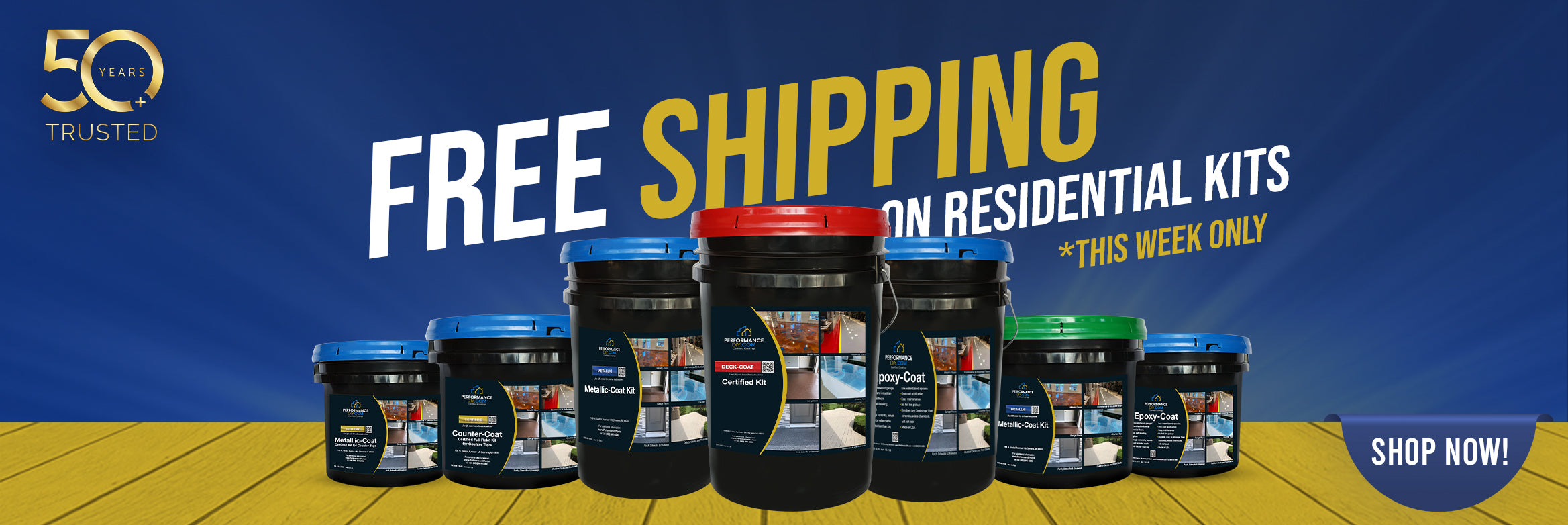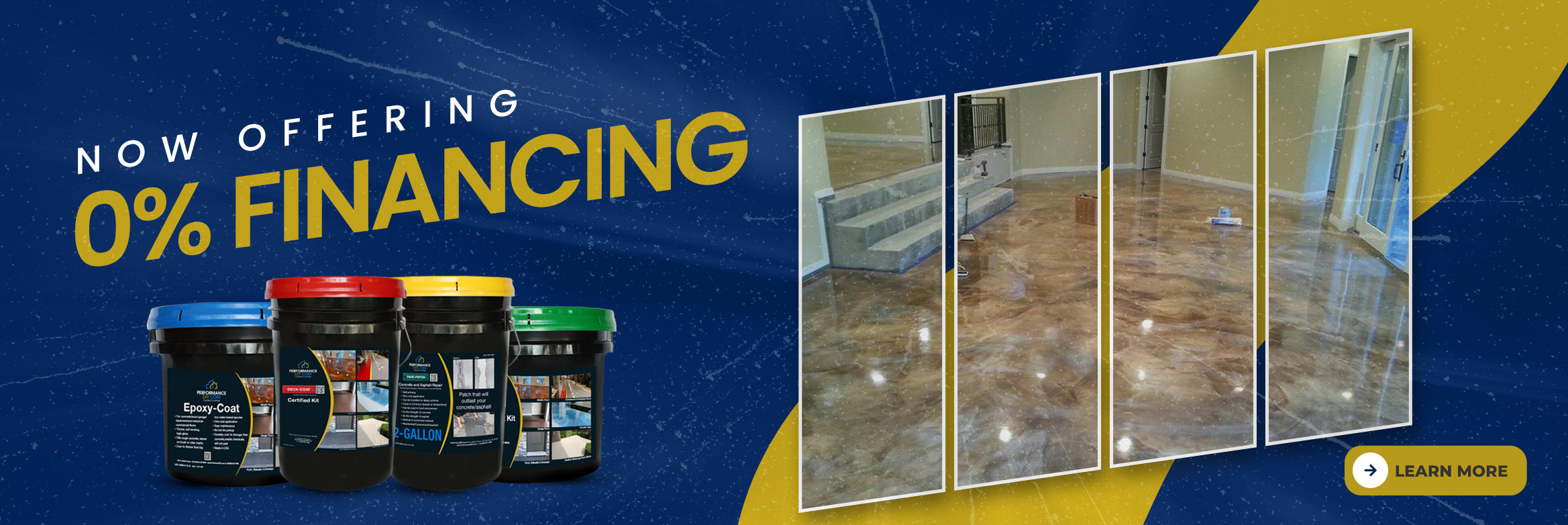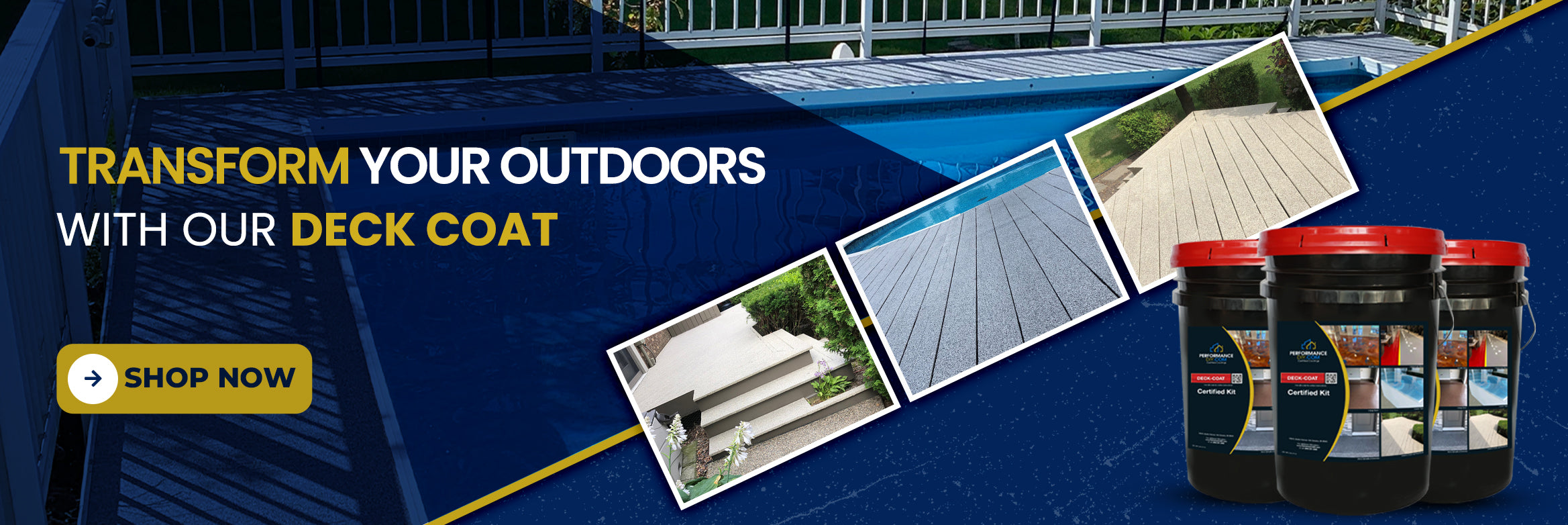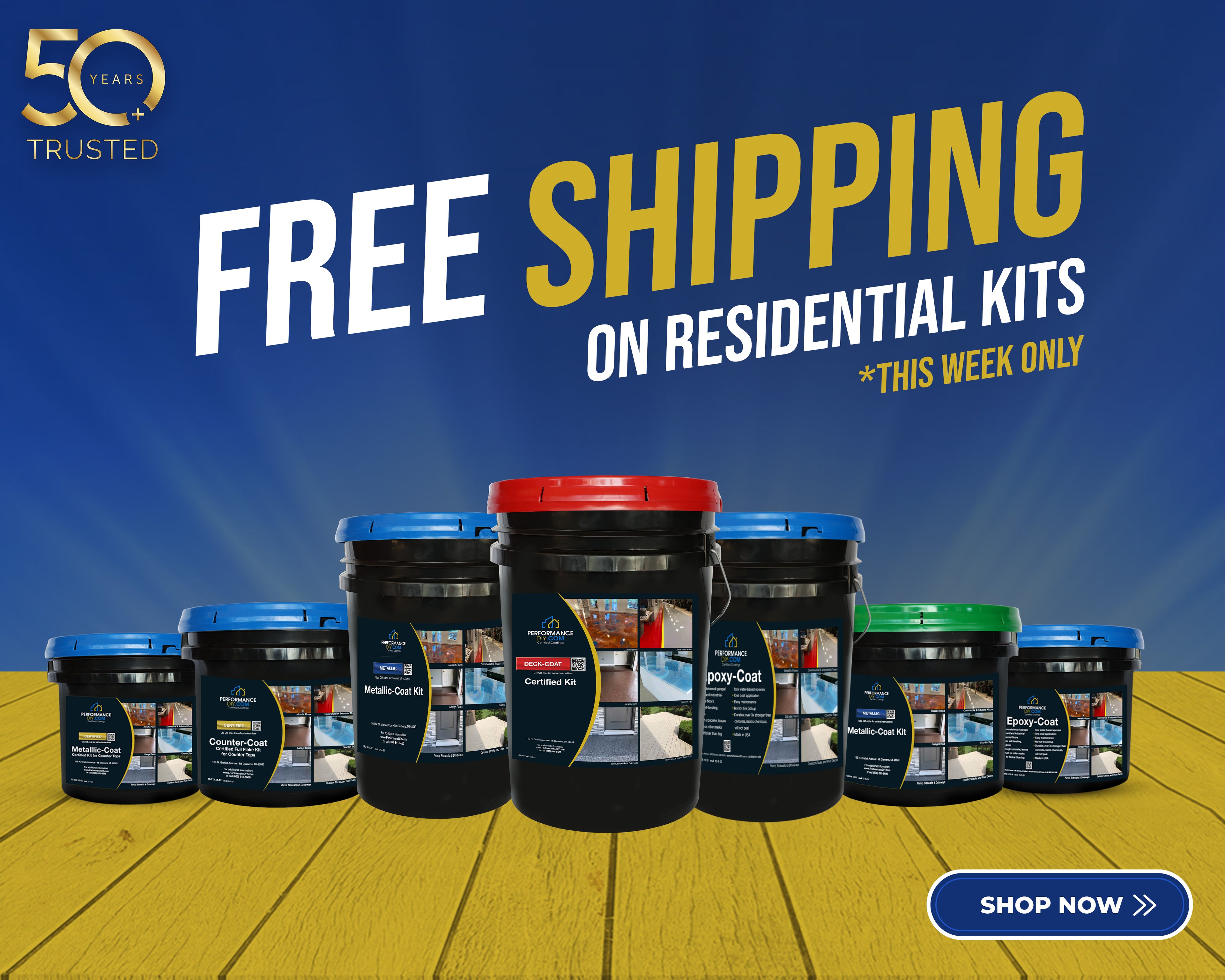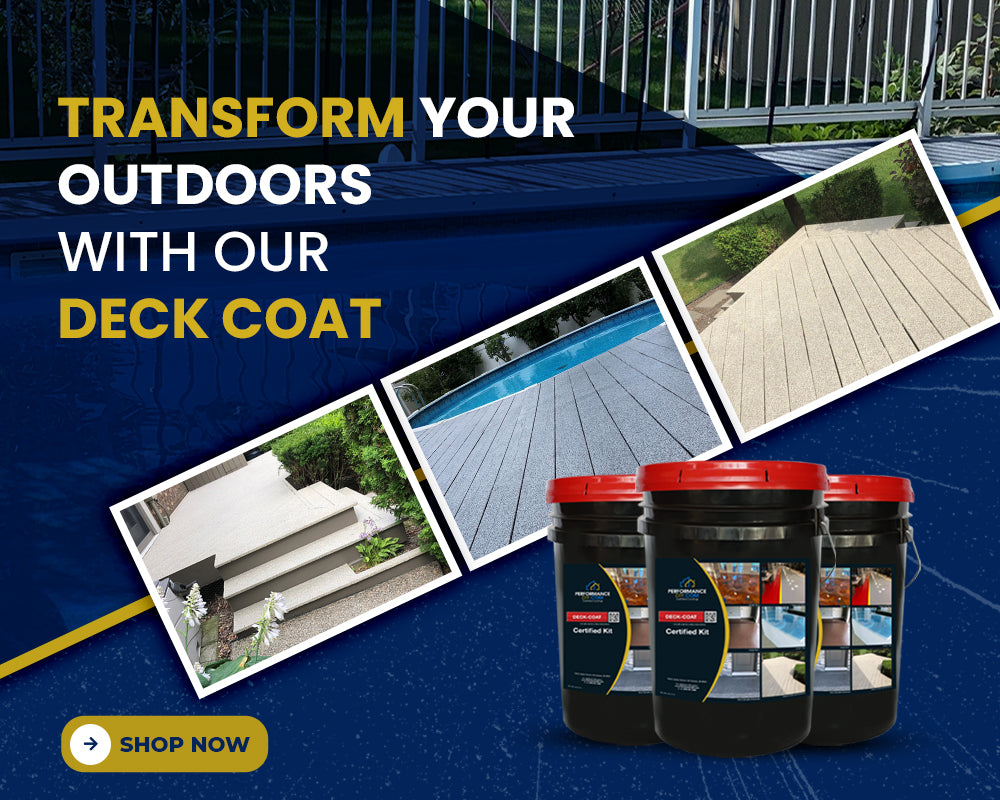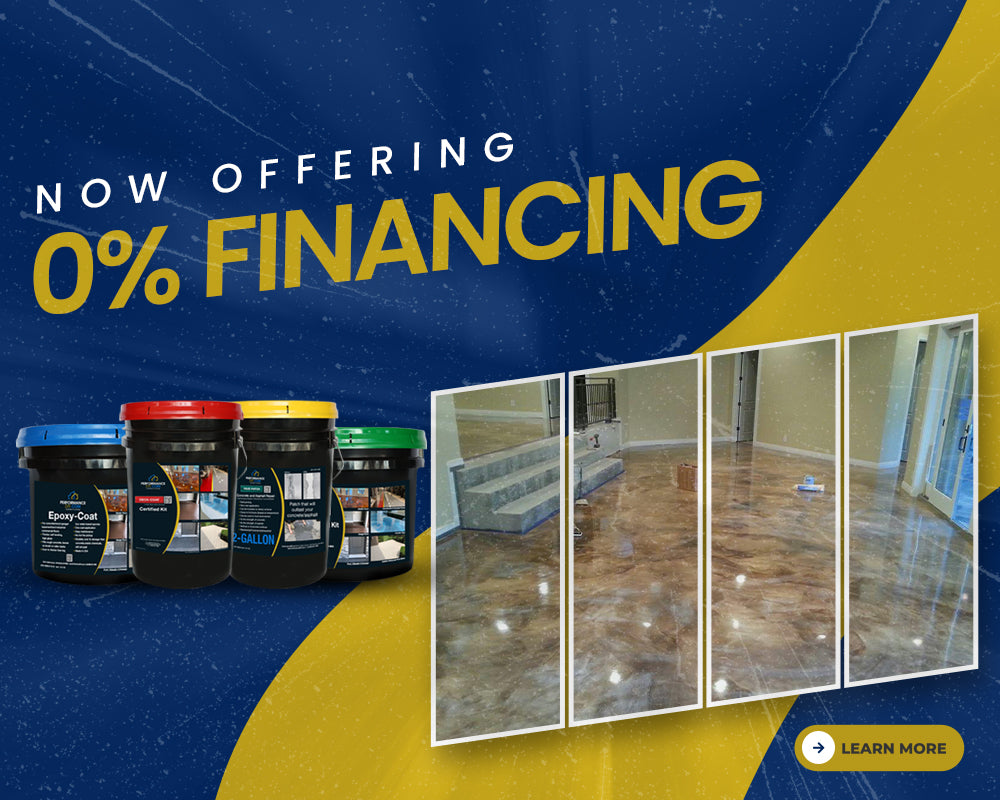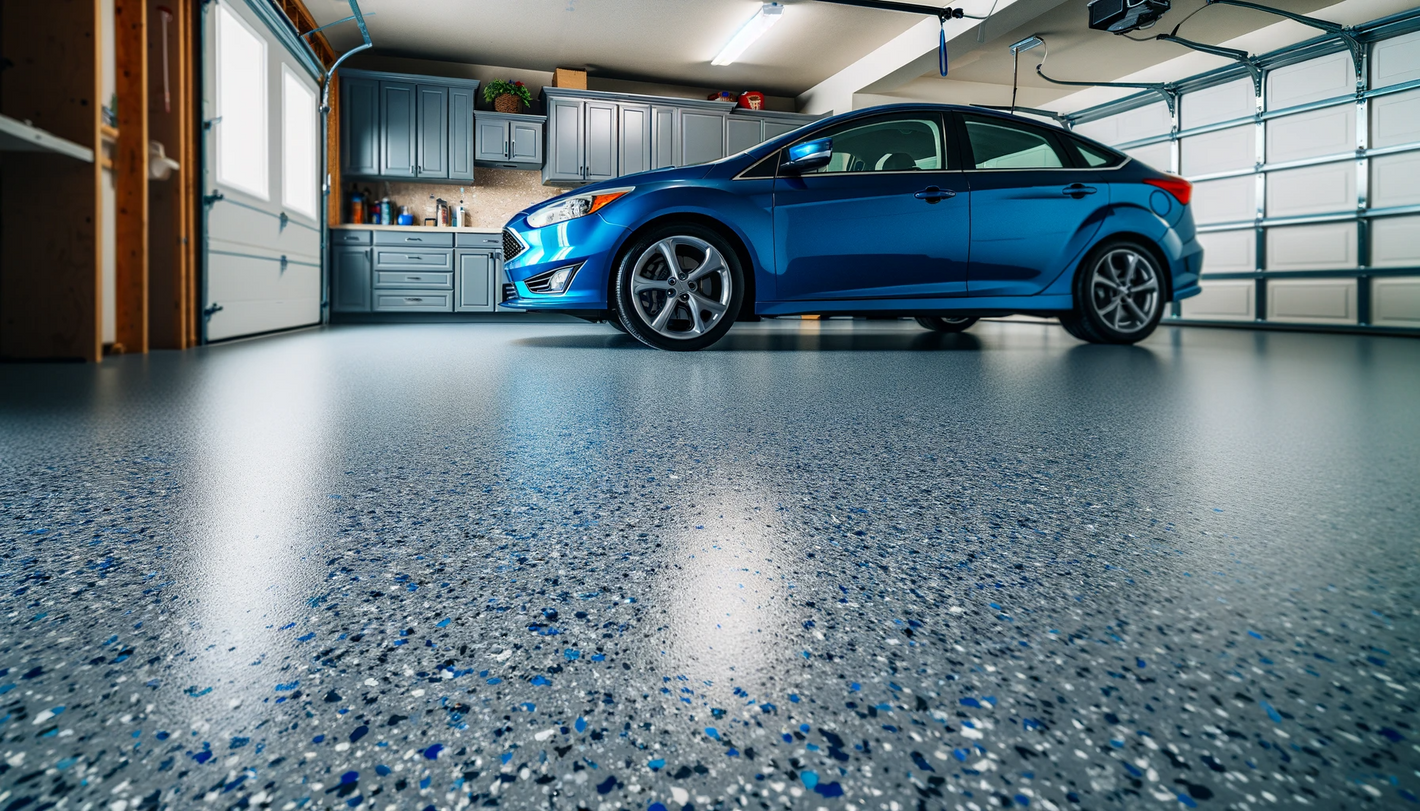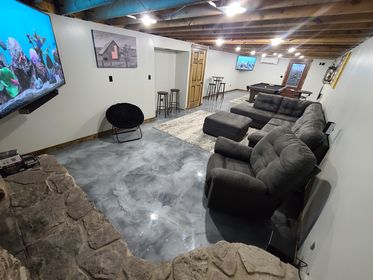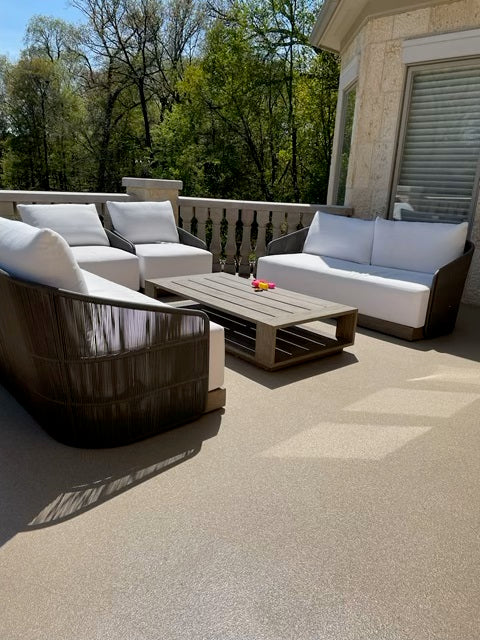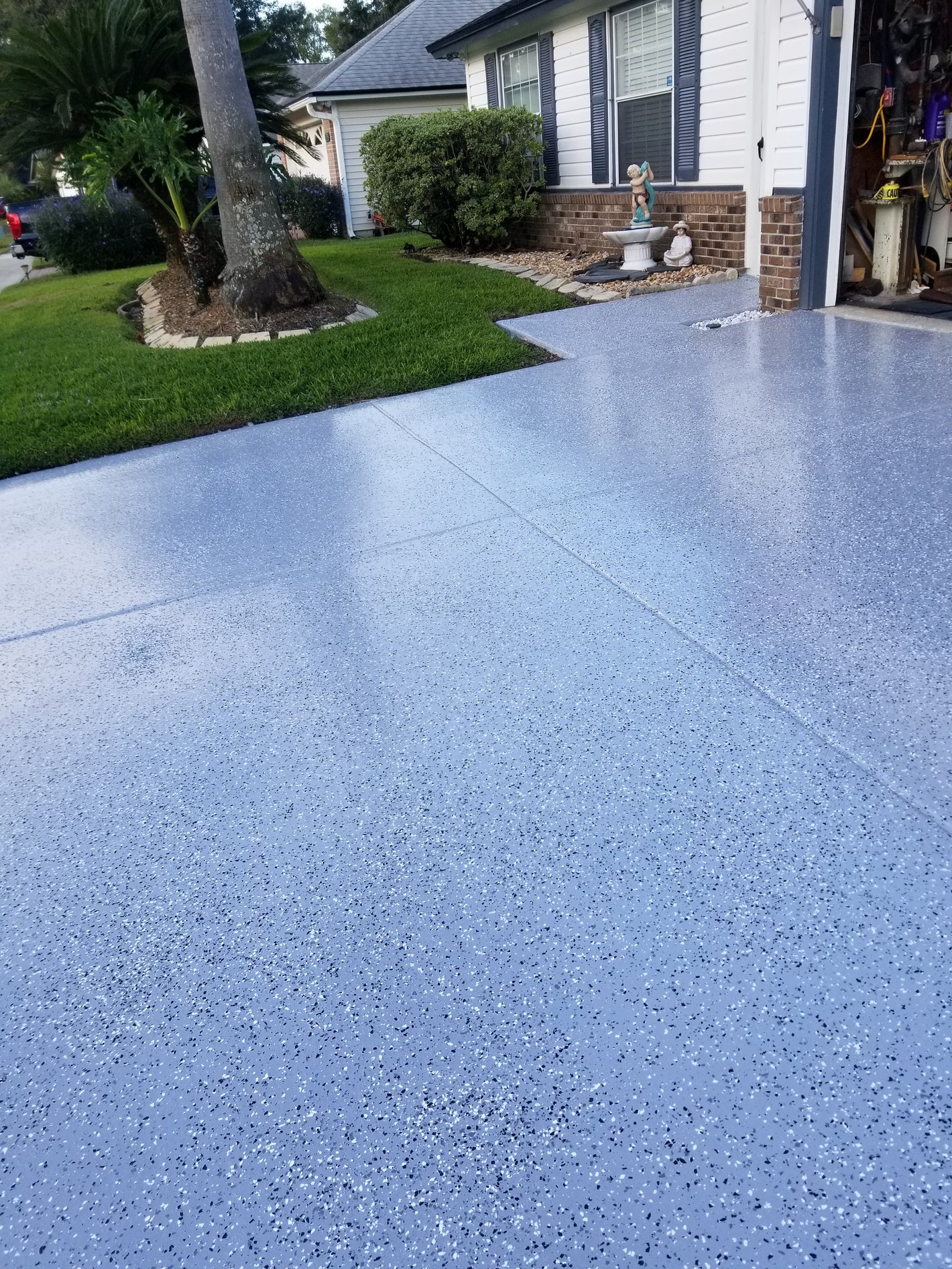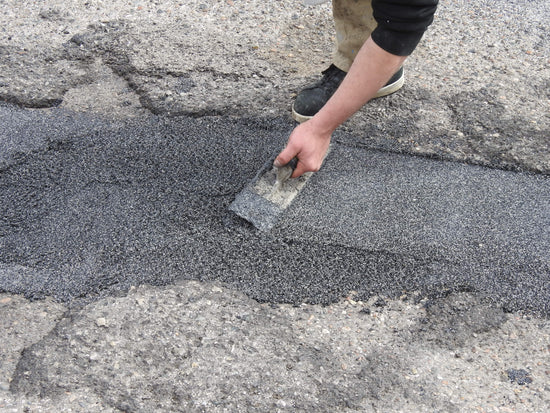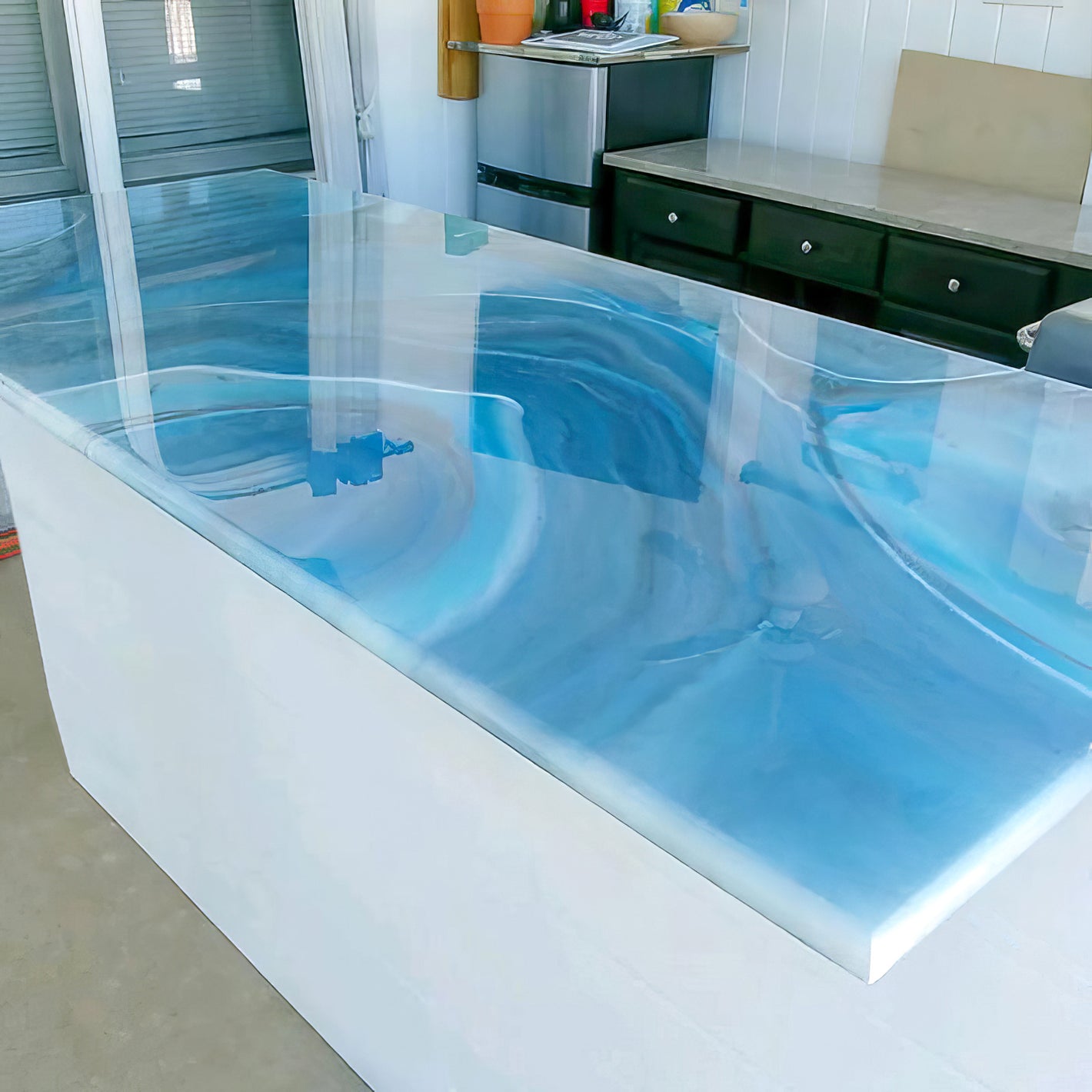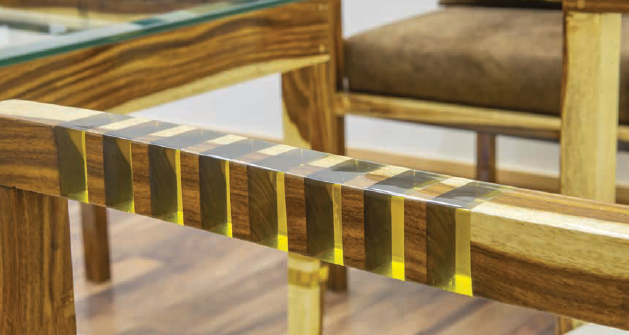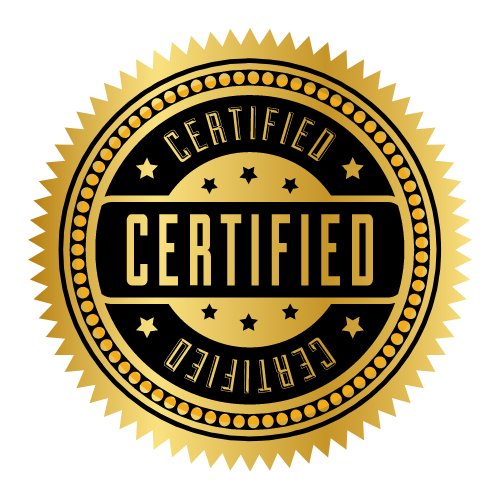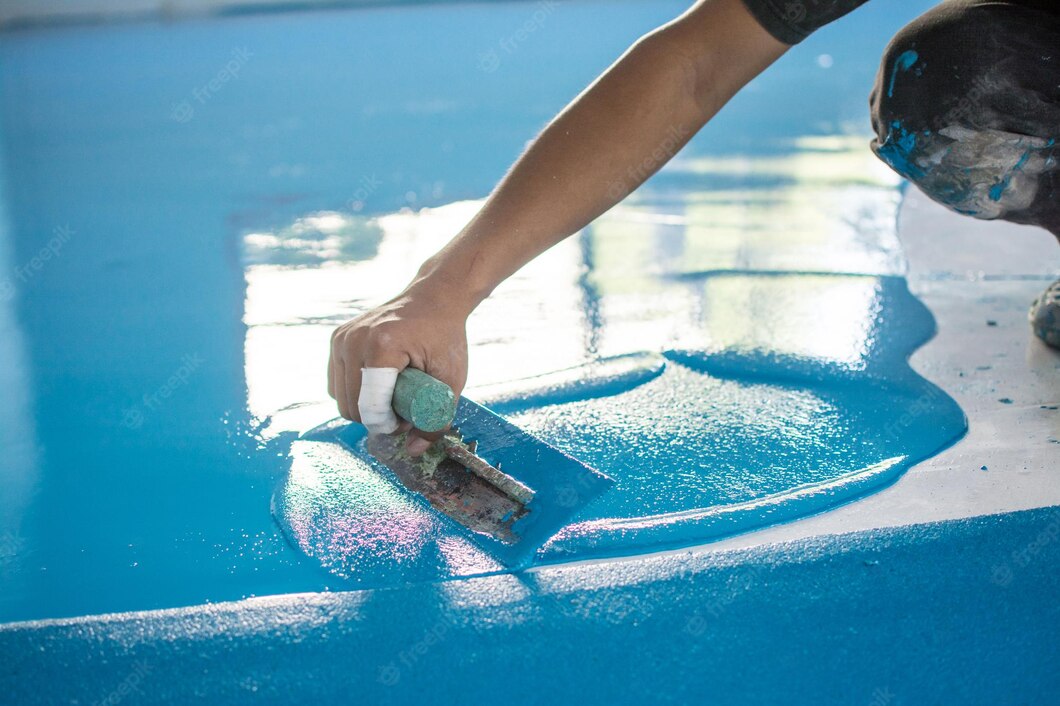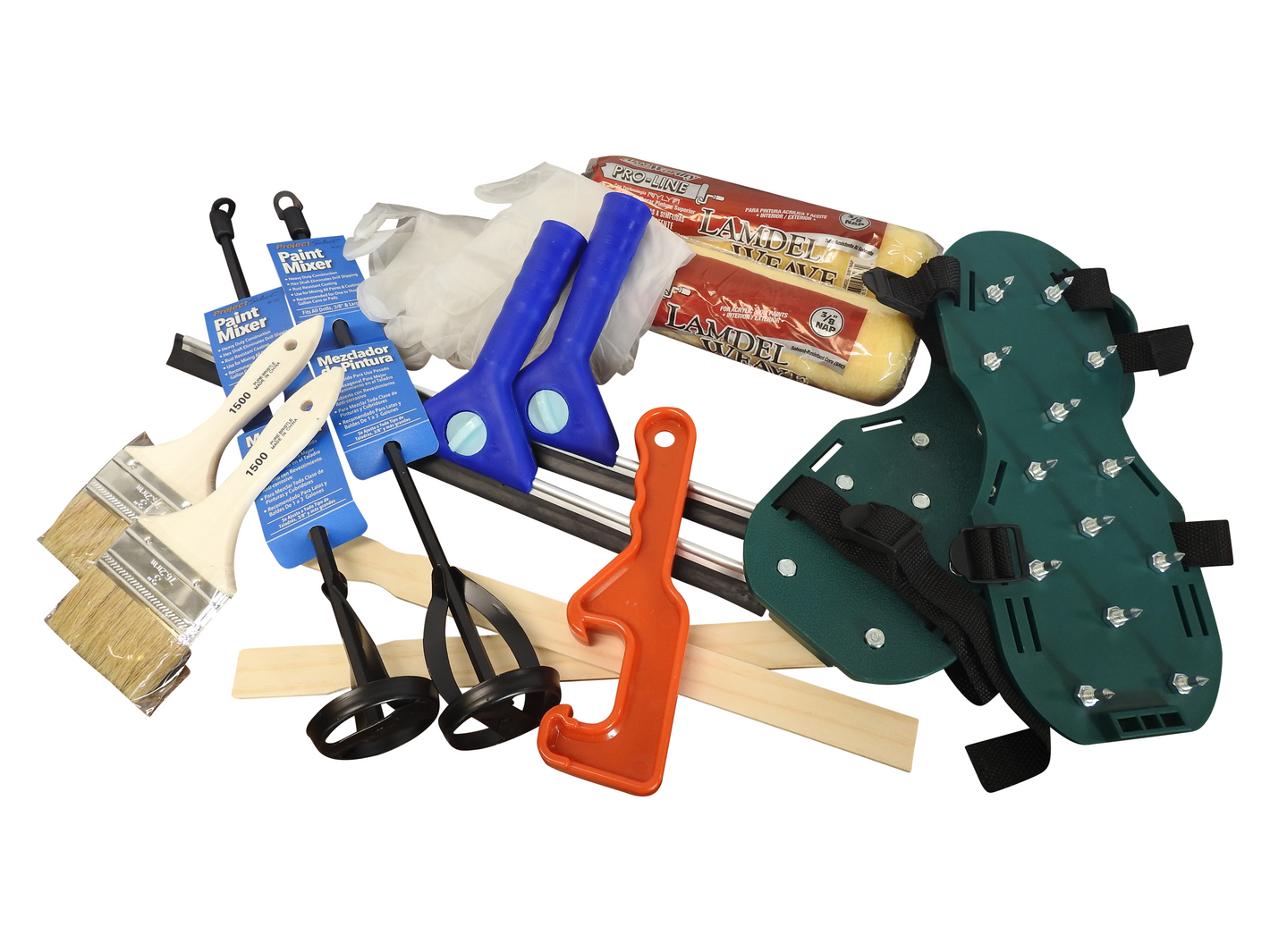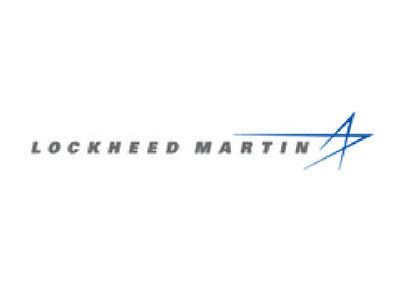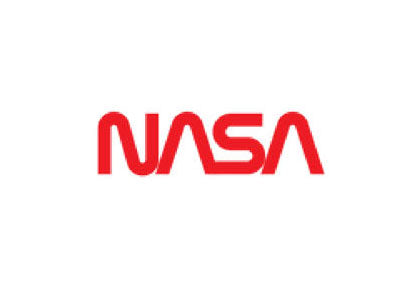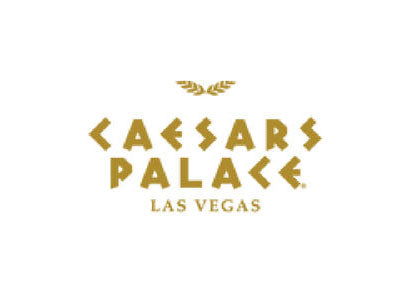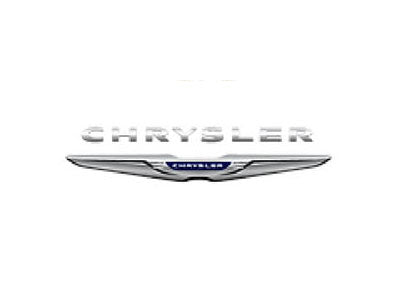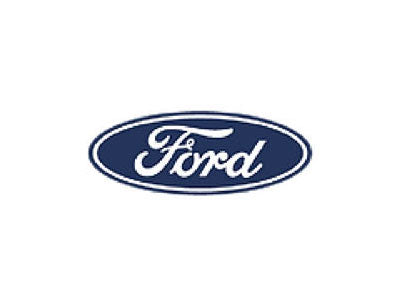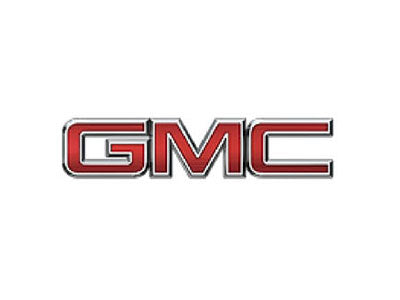50 Years Experience in Certified Epoxy Flooring Kits
The #1 Certified Epoxy & Polyaspartic Coating Company Since 1978
Leveraging years of industry expertise, we've distilled unparalleled quality into an accessible format.Discover the simplicity born from professional experience—experience the difference with our pioneering DIY kit, designed for those who demand excellence in every aspect of their projects. Welcome to a new era of DIY sophistication.

Introducing the Premier Professional-Grade Coatings in Our Revolutionary DIY Kits
Innovative Excellence:
Unveil the fusion of high-performance coatings now seamlessly packaged for the Do-It-Yourself enthusiast. Our kits are the first of their kind, offering professional quality with user-friendly application
Proudly American:
Crafted with over half a century of expertise, our products embody the pinnacle of American ingenuity and quality in the coatings industry.
Unmatched Performance:
Experience the world's leading Epoxies and Polyaspartics, setting new standards in durability and finish.
Home-Safe Application:
Engineered for safety, our coatings are designed to be used comfortably and safely within the privacy of your home.
Corporate Trust:
Our solutions are the choice of Fortune 500 companies, underscoring our commitment to quality and reliability.
Exclusive Innovation:
Our patent-pending technology sets us apart, offering unique advantages previously unseen in the industry.
Unwavering Support:
We provide comprehensive technical and installation guidance to all our customers, every day of the year, ensuring success in every project.
Quality Assurance:
Every product is meticulously formulated and rigorously tested in our facilities to meet the highest standards of excellence.
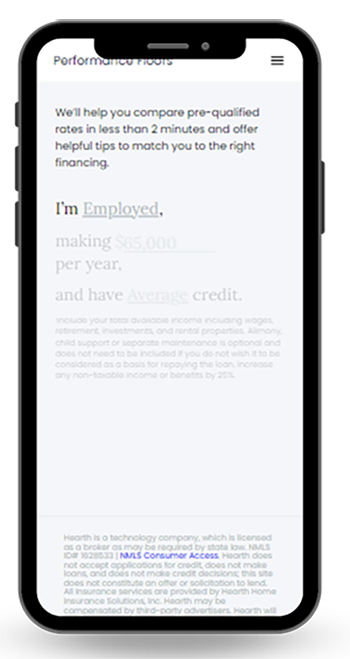
Payment Options Available
Click below to explore affordable and flexible financial plans and turn your vision into a reality!
Powered by Hearth Financing
Professional Installation Is Available
For more information regarding contracting/installation for business or residential please call one of our customer representatives
Monday to Friday 9am to 5pm Eastern Time

